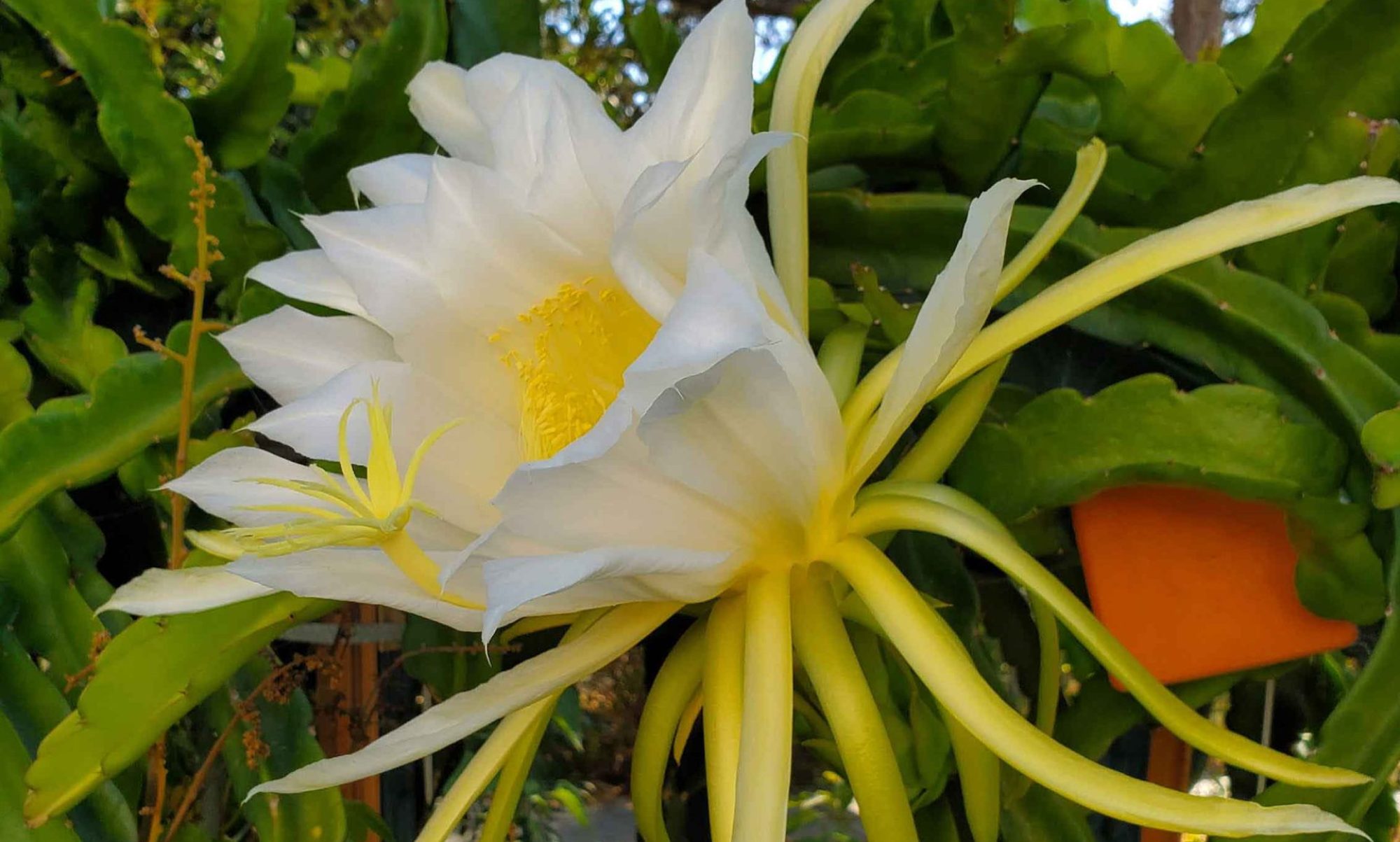About Us › Forums › Growing fruit (questions,boasting, etc) › Capers › Reply To: Capers
Yes, they are slow growers. But their native habitat is pretty harsh: windy, hot and low rainfall. So being a slow grower in that environment isn’t really surprising.
The trunk gets thicker very slowly. In that respect, you might think of it as being a little more like a cactus than a tree. A 1-year-old plant has a trunk that’s about 1/8 inch in diameter. A 3-year-old plant’s trunk is still only about 3/8 inch in diameter. I would guess that, being adapted to harsh, low-water climates, capers probably spend more of their early growth on their root systems, to ensure their longterm survival.
As the trunk gradually increases in diameter over the years, the plant will also grow more “whips” from the trunk. And over the years these whips will get (very slowly, from year to year) longer. My oldest caper plant is about 25 years old now, and it grows out to about 8 feet in diameter each year.
Capers are deciduous, so expect them to lose their leaves every winter. And don’t be surprised if some of last year’s “whips” (branches) die. Just cut the dead ones back to the trunk before the new growth gets too far along in the spring. New whips will sprout as needed.
I hope this helps you understand your plant a little better. From a gardener’s point of view, it’s a patience game. Long-lived perennials may grow more slowly. Like the tortoise and the hare, their clocks seem to go slower, but they last a long time. They’re tough. You might think of them as being “built to struggle along, slowly but surely”.
So be sure to not over-water it. Once a caper plant is established in the ground, if it gets 10 inches of rain a year, it’ll be just fine. If you have fast-draining soil, it will grow more if you give it more than that. But I wouldn’t let it sit in water — especially in cold weather. And if you choose to fertilize it at all, I would caution you against over-doing it. The plant may even look better at first: more lush growth, and gorgeous leaves that are soft as kid skin gloves. But that’s exactly what the pests like, too: lush, juicy greens to eat like salad.
